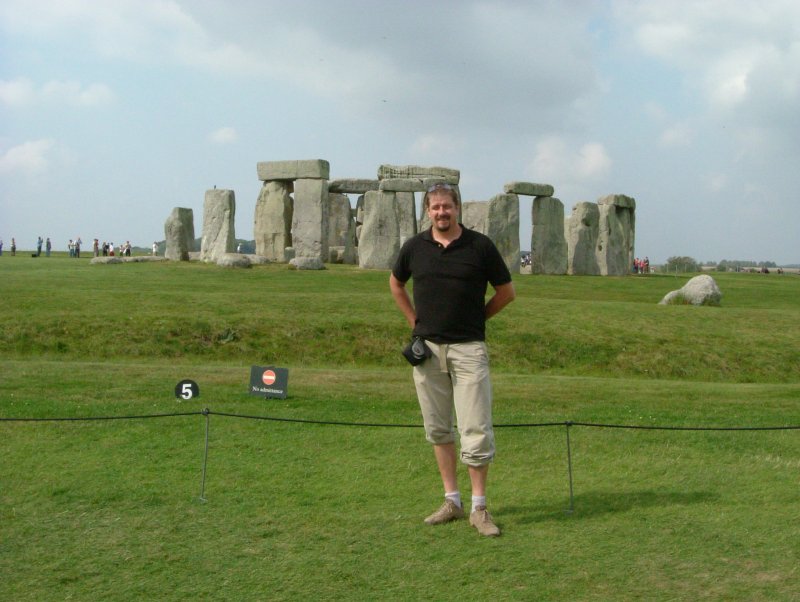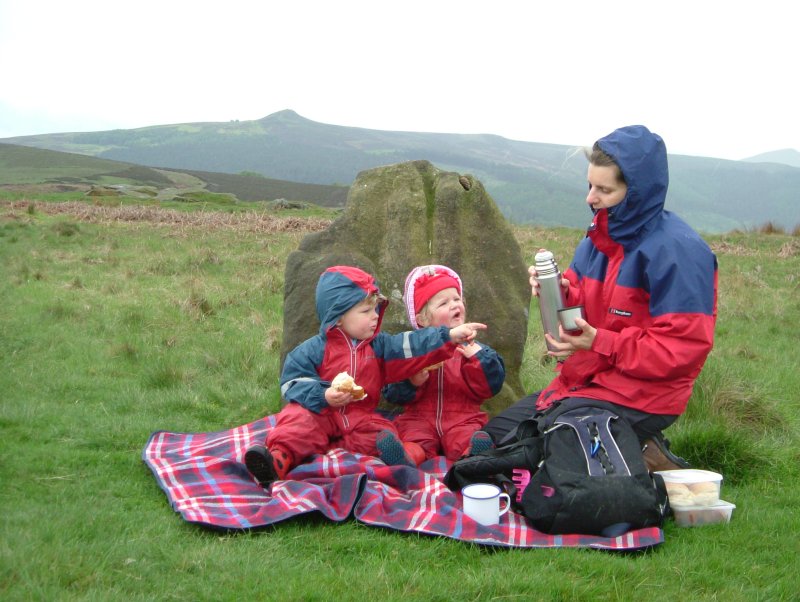Stone Spotting
As a keen walker who moved to Sheffield 10 years ago there was nothing I liked better than exploring the Peak district. My ideal day involved climbing hills like Mam Tor or Kinder and then finishing off with a well-earned pint. When we had children, two at once, the pace of life changed. So I started to look for places to visit to make our short excursions more intersting. Quite by accident i discovered that the peak district has alot of prehistoric monuments that have survived to the present day, some in better condition than others.
So the hobby began, first we visited the stone circles. Stone circles are intriguing and as no one can definitively say what they where used for, there is a sense of mystery about them. Nevertheless the more you visit and read about these sites the more interesting they become. Stone circles are only found in Ireland, Britain and Britany which for me makes them special and significant to the heritage of these islands. Also those that are left are nearly all located in picturesque locations and visiting them is a great excuss for a walk, a picnic and if your lucky a pint afterwards. Finding a new one is a good buzz and it does not take long to get hooked. I am not unique in this hobby there are many people who are also stone spotting for a variety of reasons. Alistair's Stone Circles web page is a fantastic document describing the stone circles in the Peak and it was this site that got me started.
But as the anorak grade of the circles I was seeking out increased and the accessibility became more difficult I realised I needed to travel further a field or add other prehistoric monument types to the search. So now rock art, hill altars, burial mounds, dolmans, settlements and hill forts have been added to the list. Searching the countryside like this allows you to get a real feel for a location and piece together a better picture of the way people lived within their landscape.

